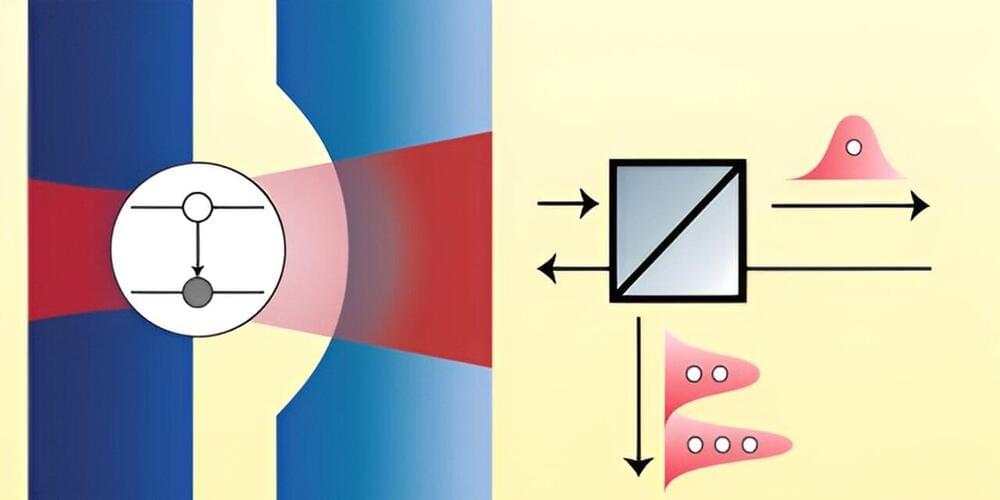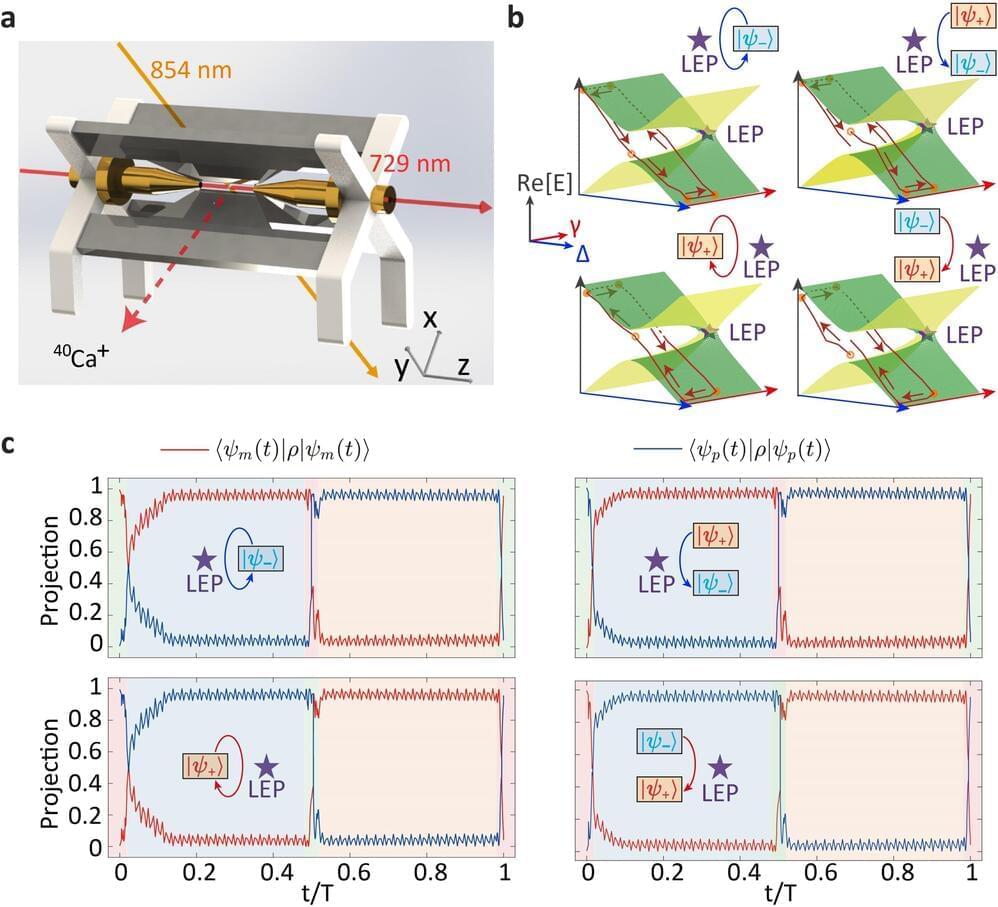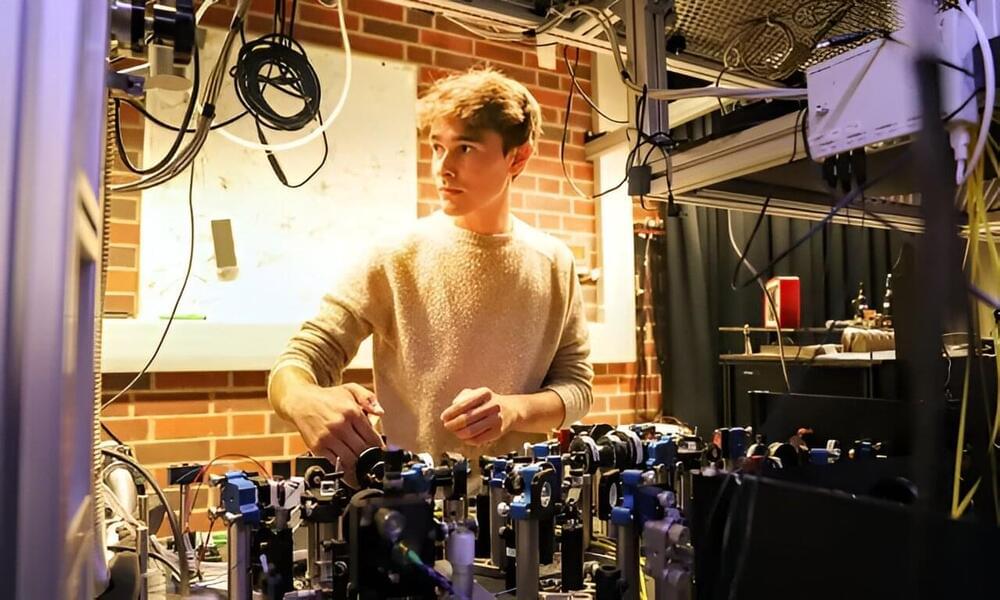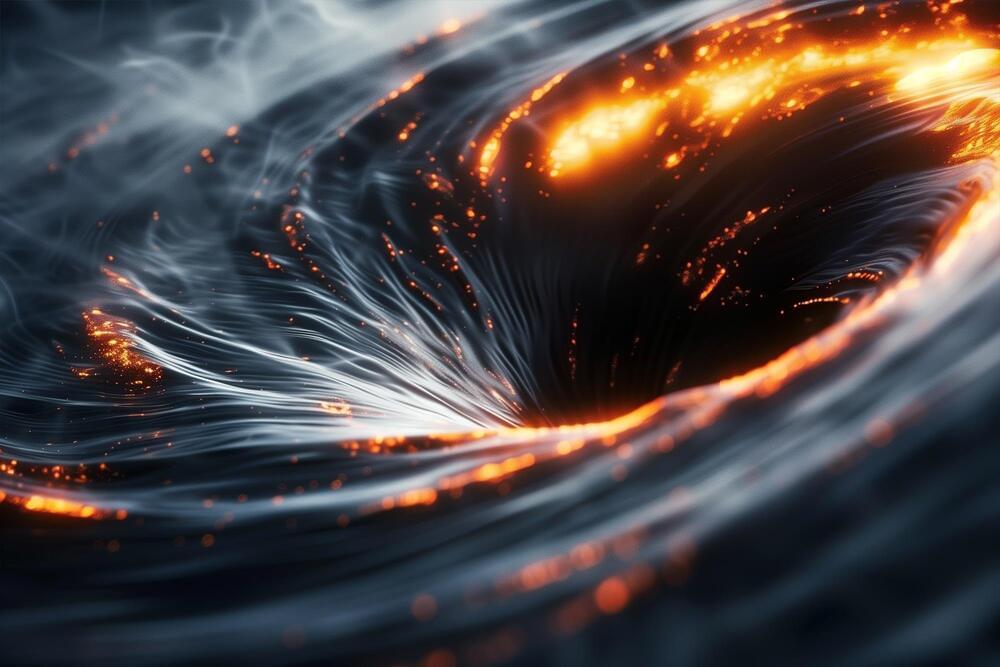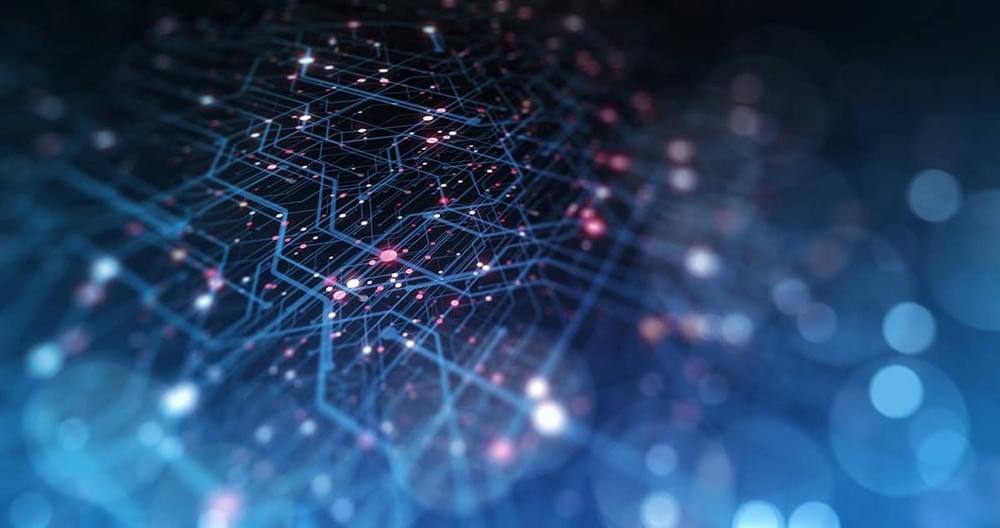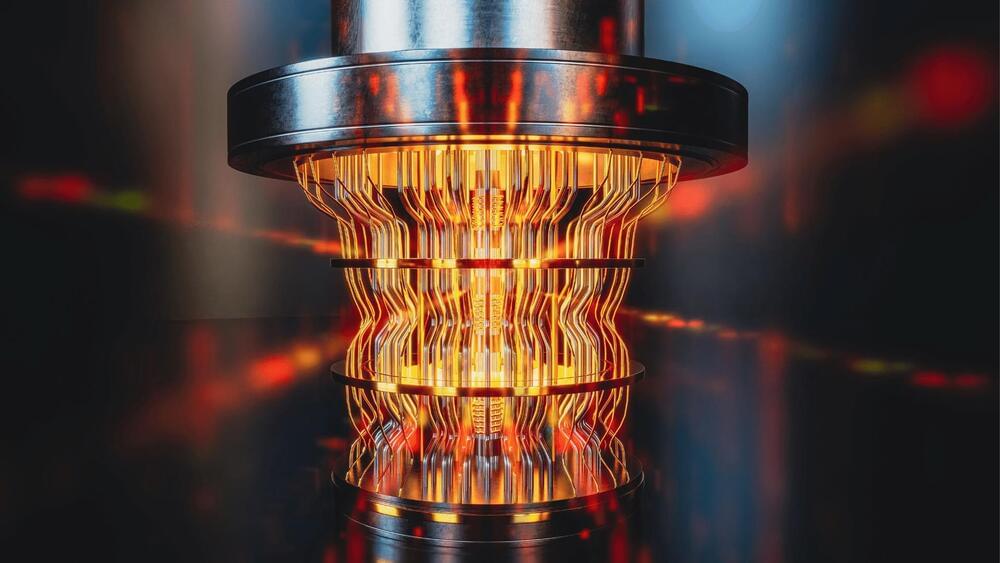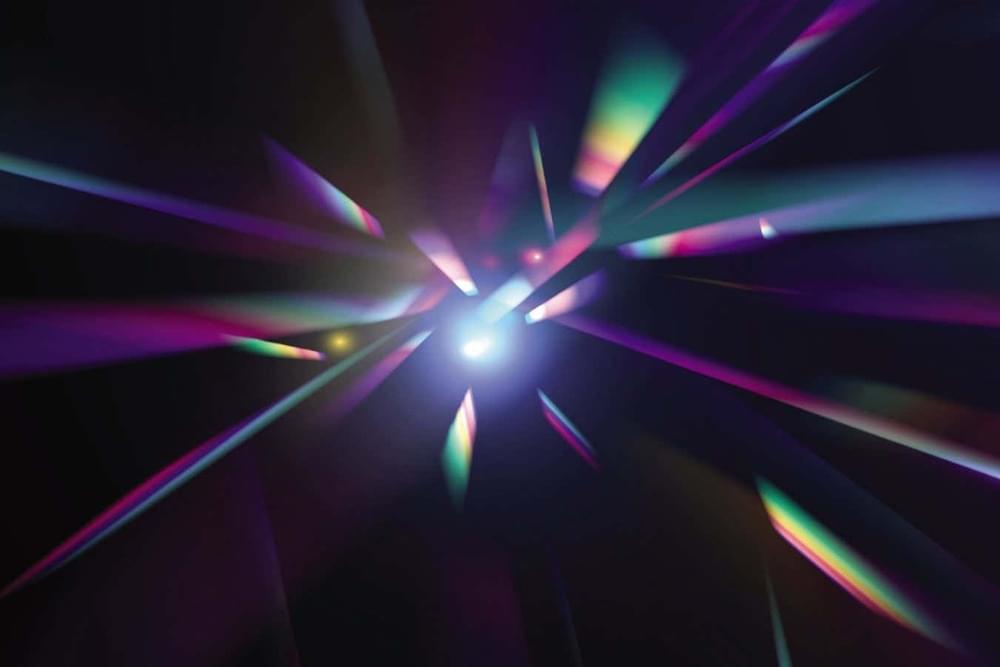Sep 3, 2024
A device to sort photon states could be useful for quantum optical computer circuits
Posted by Saúl Morales Rodriguéz in categories: computing, quantum physics
To build light-based quantum technologies, scientists and engineers need the ability to generate and manipulate photons as individuals or a few at a time. To build such quantum photonic logic gates that might be used in an optical quantum computer requires a special medium which allows strong and controlled interactions of just a few photons.
